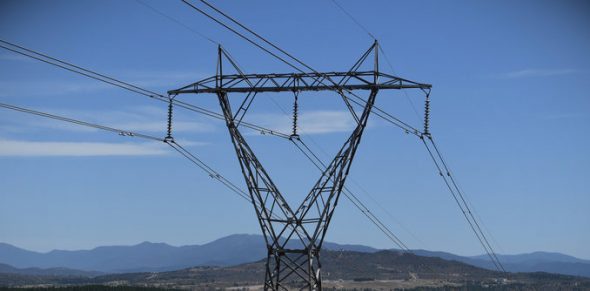A national electricity market built for an era when coal was king – and video stores were doing a roaring trade – is driving up grid costs, increasing power prices and lumping taxpayers with the bill for ad hoc government interventions.
A new report from the Clean Energy Investor Group (CEIG), which will be submitted to the federal government’s wholesale market settings review, says the current National Electricity Market (NEM) is not fit to support a smooth and fair transition to renewables, and sets out a few “easily-implemented” reforms that can get it up to speed quickly.
The report, delivered with Castalia Advisors, offers three possible reforms that could be used to deliver lower power prices, greater reliability and improved investment signals within two years, by building on existing market mechanisms.
CEIG’s first recommendation is to pair a Renewable Portfolio Standard (RPS) – a mechanism requiring retailers to hold renewable certificates for a specified target share of energy served – with a Dispatchable Capacity Requirement, the latter being “a relatively blunt but potentially effective tool” to spread investment across different types of generation and storage capacity for physical security of supply.
Essentially, a coordinating entity would set renewable targets, ensuring retailers contract enough firmed capacity to meet demand, backed by physical contracts, the report says.
A second reform option could be an RPS paired with a Reserve Margin based on that used by the Electric Reliability Council of Texas (ERCOT), which the report notes operates an energy-only market similar to Australia’s, but with a “more pro-active and thorough regime” for locking in reliable supply.
In this case, a system-wide reserve forecast would identify any future shortfall in supply and, if there is a gap, a coordinating entity would step in to procure the shortfall, with the cost shared across retailers who haven’t contracted enough.
- A third and final option proposes “Coordinated Procurement of Renewables and Storage,” where a coordinating entity holds regular auctions for renewable and firming capacity, improving investor confidence and reducing consumer cost.
If these reforms sound familiar, that’s because they draw on existing instruments such as the Large-scale Renewable Energy Target (LRET) and federal Labor’s Capacity Investment Scheme (CIS), both of which have been relatively successful in driving investment and filling market gaps – but which the report says require “considerable refinement and development to avoid past errors.”
For example, a RPS should not be a simple reboot of the LRET, the CEIG says, and the proposed “coordinated auctions” would not amount to a continuation of the current CIS.

“The options we consider offer different trade-offs between the degree of market flexibility in responding to price incentives compared to certainty and reliability of outcomes,” the report says.
“In essence, greater reliance on decisions by a market coordination body – such as Australian Energy Market Operator (AEMO) – combined with measures that give long-term revenue certainty to investors will reduce market risk. This will lower financing costs and hence will benefit consumers through cheaper generation and greater reliability.”
CEIG CEO Richie Merzian says the key will be to build a market that encourages investment, not one that drives up costs through uncertainty.
“Our NEM was created in an analogue age – a time when Video Ezys were in every suburb,” Merzian said in a statement on Thursday.
“It is not supporting today’s dispatchable energy generation and it’s not adequately ensuring a reliable power supply at the lowest possible cost.
“The NEM should reduce the cost of capital by reducing investment risk beyond investor control, such as delays in transmission buildout, as well as improving the coordination of investment to ensure physical security of supply,” Merzian says.
“Any of the design fixes in our paper ‘Pathways to a Sustainable and Resilient NEM’ can be implemented within the next two years, without relying on taxpayer-funded subsidies.”
Whichever reforms wind up being recommended by the Tim Nelson chaired NEM market settings review, the CEIG says they must provide a clear and transparent pathway from the end of the CIS in 2027 to the new solution.
“This pathway should include a well-designed transition plans, including provisions for existing assets and grandfathering arrangements, to avoid freezing investment in the NEM and halting Australia’s progress towards a near-zero emissions electricity system,” the report says.
“Finally, the chosen solution must be accompanied by appropriate reforms to reallocate other key risks to investors that investors can’t control which are outside the remit/scope of the wholesale market design review (for example, environmental permitting and transmission buildout risk).
“This is essential to ensure that the benefits realized from wholesale market reform are not lost.”








